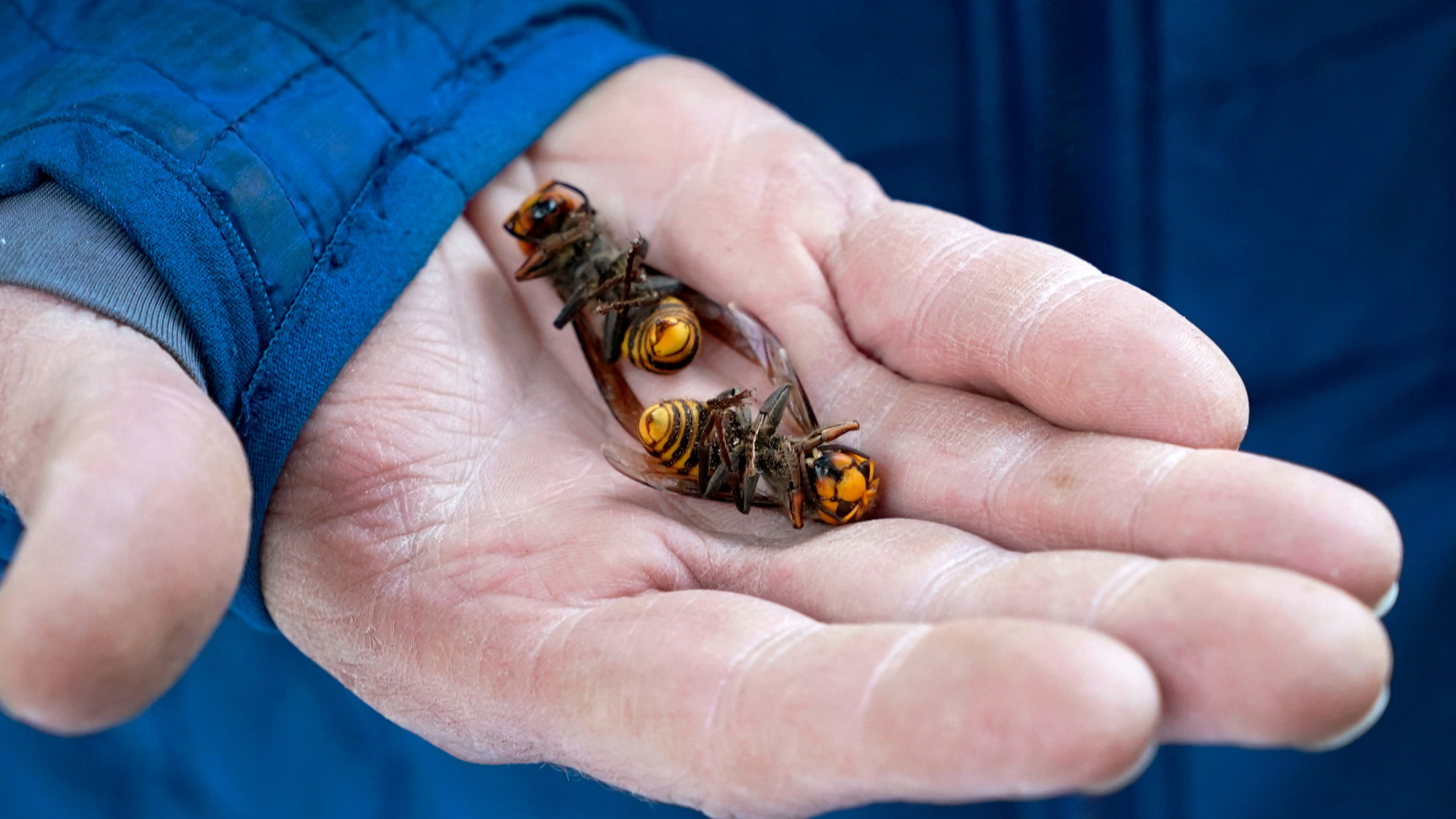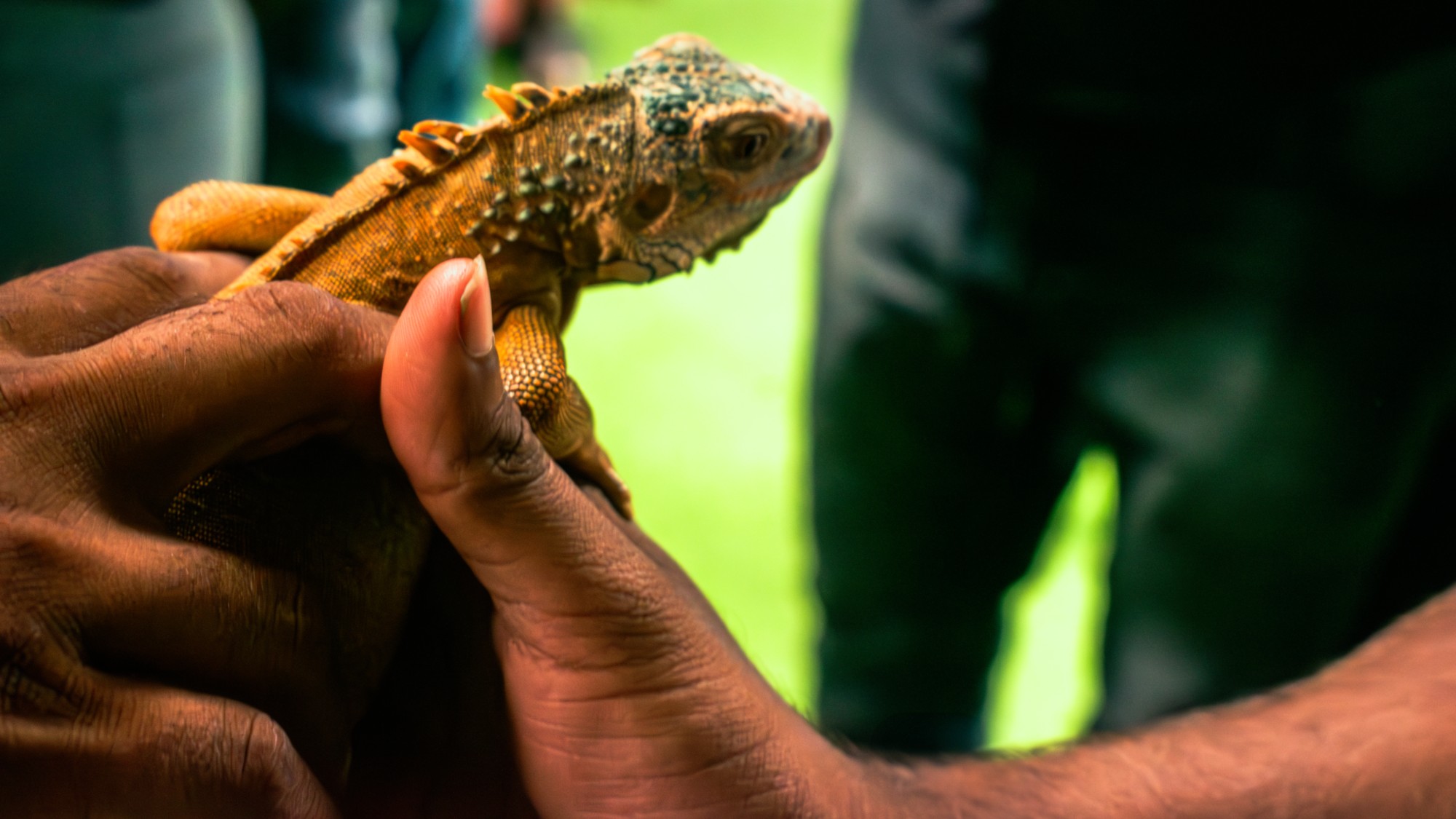US won its war on 'murder hornets,' officials say
The announcement comes five years after the hornets were first spotted in the US


What happened
U.S. officials declared victory Wednesday over the invasive northern giant hornet, or "murder hornet," five years after the first ones were spotted in Washington state.
Who said what
Murder hornets, native to Asia, can grow to 2 inches long and "pose significant threats to pollinators and native insects," CNN said. "They can wipe out a honeybee hive in as little as 90 minutes, decapitating the bees" and stealing their hive. Their "powerful sting" can also "kill a human," and they can "spit venom," the BBC said, though "attacks on humans are fairly rare."
After the first murder hornet was spotted in Washington in 2019, state specialists and "more than 1,00 'citizen scientists'" worked diligently to track down and trap the hornets, eradicating four nests in 2020 and 2021, The Washington Post said. The last confirmed sighting was in September 2021.
The Week
Escape your echo chamber. Get the facts behind the news, plus analysis from multiple perspectives.

Sign up for The Week's Free Newsletters
From our morning news briefing to a weekly Good News Newsletter, get the best of The Week delivered directly to your inbox.
From our morning news briefing to a weekly Good News Newsletter, get the best of The Week delivered directly to your inbox.
"I've gotta tell you, as an entomologist — I've been doing this for over 25 years now, and it is a rare day when the humans actually get to win one against the insects," said Sven Spichiger, pest program manager of the Washington State Department of Agriculture, said at a press conference.
What next?
There are other invasive hornet species in the U.S., and the murder hornets "got here once and they could do it again," Spichiger said. "We will continue to be vigilant."
A free daily email with the biggest news stories of the day – and the best features from TheWeek.com
Peter has worked as a news and culture writer and editor at The Week since the site's launch in 2008. He covers politics, world affairs, religion and cultural currents. His journalism career began as a copy editor at a financial newswire and has included editorial positions at The New York Times Magazine, Facts on File, and Oregon State University.
-
 A running list of the US government figures Donald Trump has pardoned
A running list of the US government figures Donald Trump has pardonedin depth Clearing the slate for his favorite elected officials
-
 Ski town strikers fight rising cost of living
Ski town strikers fight rising cost of livingThe Explainer Telluride is the latest ski resort experiencing an instructor strike
-
 ‘Space is one of the few areas of bipartisan agreement in Washington’
‘Space is one of the few areas of bipartisan agreement in Washington’Instant Opinion Opinion, comment and editorials of the day
-
 Blue Origin launches Mars probes in NASA debut
Blue Origin launches Mars probes in NASA debutSpeed Read The New Glenn rocket is carrying small twin spacecraft toward Mars as part of NASA’s Escapade mission
-
 Dinosaurs were thriving before asteroid, study finds
Dinosaurs were thriving before asteroid, study findsSpeed Read The dinosaurs would not have gone extinct if not for the asteroid
-
 Africa could become the next frontier for space programs
Africa could become the next frontier for space programsThe Explainer China and the US are both working on space applications for Africa
-
 Parthenogenesis: the miracle of 'virgin births' in the animal kingdom
Parthenogenesis: the miracle of 'virgin births' in the animal kingdomThe Explainer Asexual reproduction, in which females reproduce without males by cloning themselves, has been documented in multiple species
-
 Canyons under the Antarctic have deep impacts
Canyons under the Antarctic have deep impactsUnder the radar Submarine canyons could be affecting the climate more than previously thought
-
 SpaceX breaks Starship losing streak in 10th test
SpaceX breaks Starship losing streak in 10th testspeed read The Starship rocket's test flight was largely successful, deploying eight dummy satellites during its hour in space
-
 A rat infestation is spelling trouble for the almond industry
A rat infestation is spelling trouble for the almond industryThe Explainer The infestation has affected at least 100,000 acres in California
-
 Rabbits with 'horns' sighted across Colorado
Rabbits with 'horns' sighted across Coloradospeed read These creatures are infected with the 'mostly harmless' Shope papilloma virus
